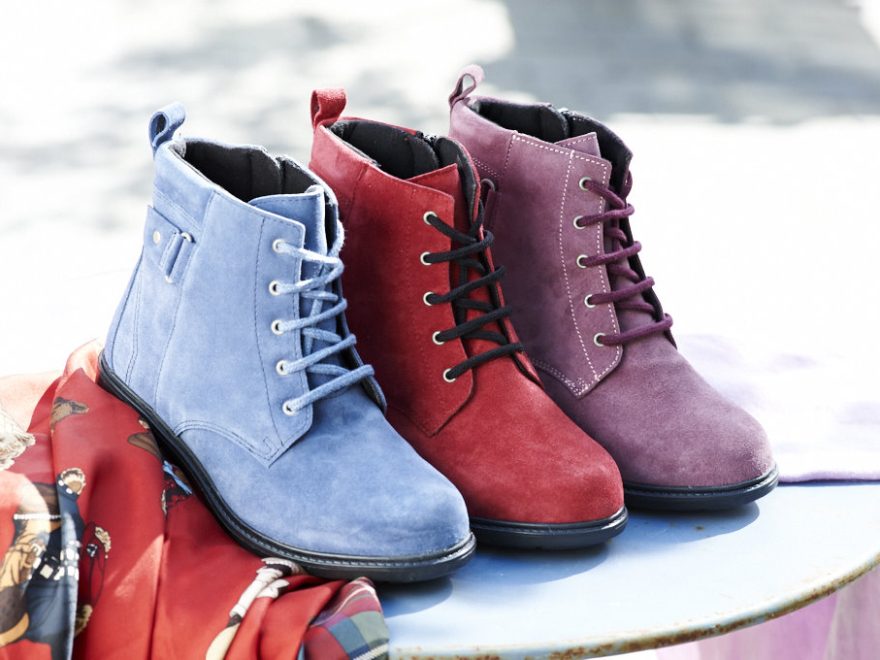As the autumn season inspires wardrobe updates, experts are warning that millions of Britons could be stepping out in the wrong-sized shoes.
Charles Denton, Managing Director at DB Wider Fit Shoes, has revealed that many adults have not had their feet properly measured since they were children, even though feet naturally change shape and size over time.
“Our Foot Health Awareness Survey highlights a huge gap in how people buy and wear shoes,” Denton said. “Most adults assume their shoe size never changes, but this simply isn’t true.”
The survey of 2,000 UK adults found that 74% haven’t had their feet measured since turning 16, with many continuing to buy the same size through habit rather than accuracy.
“Your feet actually change over time, becoming both longer and wider with age,” Denton explained. “Yet most people just keep guessing their size or sticking with whatever they’ve always worn, even if it no longer fits properly.”
The research also showed that 17% of people wear shoes that are too narrow, while 70% say they don’t understand how to find properly fitting footwear.
Charles Denton warned that this lack of knowledge can lead to lasting problems. “Of those wearing ill-fitting shoes, many report foot problems like bunions, calluses, and pain that can spread to the knees, hips, and even the back,” he said. “Ill-fitting shoes can trigger a chain reaction, from foot pain to joint strain and long-term mobility issues.”
He added that price often gives a false sense of security. “Price doesn’t always indicate quality when it comes to proper fit,” Denton noted. “What really matters is whether the shoe matches your actual foot measurements, and that includes both length and width. Too many people only focus on size numbers, when width is just as important.”

